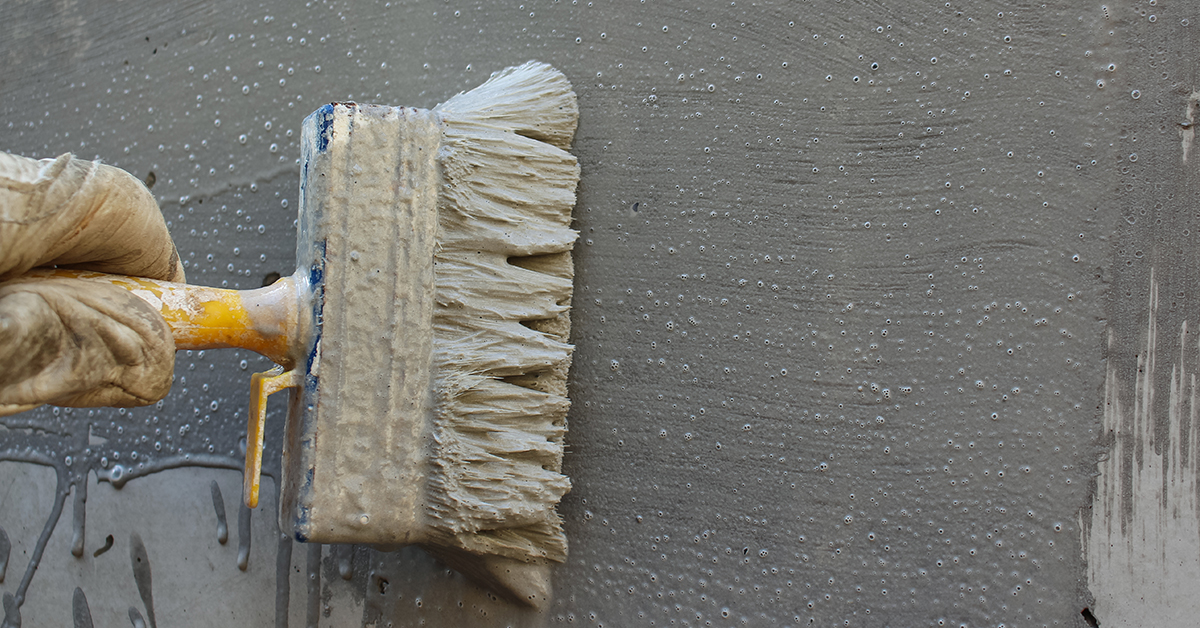If left untreated, water entry in liquid and vapor forms can cause fungus and mold growth that affects indoor air quality. This can lead to deterioration, and increase maintenance costs and health issues in commercial buildings.
These treatments prevent water and moisture infiltration through concrete or masonry walls. These products aren’t designed to fill large voids, so you should patch these with nonshrink grout or cement.
Basement Waterproofing
Waterproofing a basement is the most common way to prevent leaks and water damage. It’s important to address this problem as soon as you notice it. Not only can the moisture cause damage to possessions and create a health hazard, but it can also lead to structural issues with the home.
The most effective method for waterproofing a basement is to install an interior drainage system. This involves installing a series of hidden channels along the walls and floor. The channels collect the water and then funnel it to a sump pump pit. The sump pump then expels the water outside of the house, usually 10-20 feet away from the foundation. This method of waterproofing costs around $2 per square foot, including labor and materials.
An alternative is to install a French drain. This involves digging a trench around the perimeter of the basement and placing a pipe lined with gravel, weed-block fabric, and perforated tubing. The pipe leads to a drain in the yard, where it redirects water flow away from the home. The cost of a French drain is around $700 for the pipe, weed block fabric, and perforated tubing.
A less expensive method of waterproofing is to apply a masonry waterproofing sealant. This paint adheres tightly to the wall’s surface, filling the outer pores and sealing off moisture. It’s a good option for older homes that don’t have an interior drainage system. One gallon of this sealant can cover up to 75 square feet.
Roof Waterproofing
As the highest point of a building, roofs are constantly subjected to heavy rain, sun rays and other elements. Because of this, the roof may experience wear and tear more quickly than other parts of the structure.
When this happens, the roof can develop cracks or moss and lose strength. Water can also seep into gaps in the tiles and cause damage. Waterproofing the roof will ensure it remains watertight and help reduce the risk of future leaks.
One way to waterproof the roof is by using a bituminous coating. This is an affordable solution and takes less time than a full roof replacement. It is a good choice for homes or businesses that need to stay open during the waterproofing process.
Another option is to use a liquid membrane. This is more flexible than sheet membranes and can adapt to the shape of a roof. It is also easier to apply and can be used on wet surfaces.
Before applying a waterproof coating, it is important to check the roof for any problems. For example, if there are any gaps in the shingles, they should be sealed or replaced. Also, the flashing should be checked as this is often the source of roof leaks. A professional roof company can assess the condition of a roof and advise on the best course of action.
Waterproof Cement
Waterproof cement is a type of concrete that contains additives to make it resistant to moisture. When properly applied, waterproof cement can protect structures from water damage for years to come.
Many DIYers choose to use cement waterproofing because it’s relatively inexpensive and easy to apply. It can be spread over surfaces quickly and easily using a trowel or roller, and requires no specialized tools or training. Additionally, waterproof cement is non-toxic and safe for indoor and outdoor use.
Cement waterproofing is typically made from bentonite clay or calcium montmorillonite, which helps to create a durable and resilient barrier against moisture and mold. These products also offer people- and pet-friendly benefits, such as antimicrobial and odor-reduction properties.
Most concrete is susceptible to moisture damage, which can cause mold, mildew and other harmful microorganisms to grow. In addition to preventing damage, waterproofing concrete can also add value to a property by making it more attractive and increasing its longevity.
Cooley Waterproofing Solutions has an innovative product called PermaBASE WP, which makes the process of installing a shower enclosure significantly faster and easier than standard cement board. By incorporating the waterproofing ingredient into the core during manufacturing, PermaBASE WP saves installers time and money because they only need to apply liquid waterproofing/sealant at joints, fastener heads/penetrations and exposed edges.
Other Solutions
Waterproofing is the best solution to prevent costly damage to your home or business. It is a powerful and durable product that will seal leaky areas to keep moisture out of the structure. It can be used to protect interior walls, floors, and ceilings, as well as exterior cladding, windows, gutters, roofs, and doors.
If you notice that your home or office is starting to show signs of water damage, it’s important to act quickly. Shut off the power, shut down any electronics, and remove any items that can be saved. It’s also important to close any air vents and doors to the affected area to prevent the spread of mold spores.
It’s important to dry out all porous materials like carpet, wood, and insulation. You can use fans and dehumidifiers to help draw out the excess moisture. However, some items may have to be thrown away if they are completely saturated with water or mildew. After you’ve dried out the affected area, disinfect it with a household cleaning product to ensure that any mold and bacteria are eliminated.
If you’re experiencing serious flooding, it’s a good idea to call in a professional for emergency water damage repair. They have the proper equipment to pump out water more effectively and will be able to work quickly to minimize damage.

